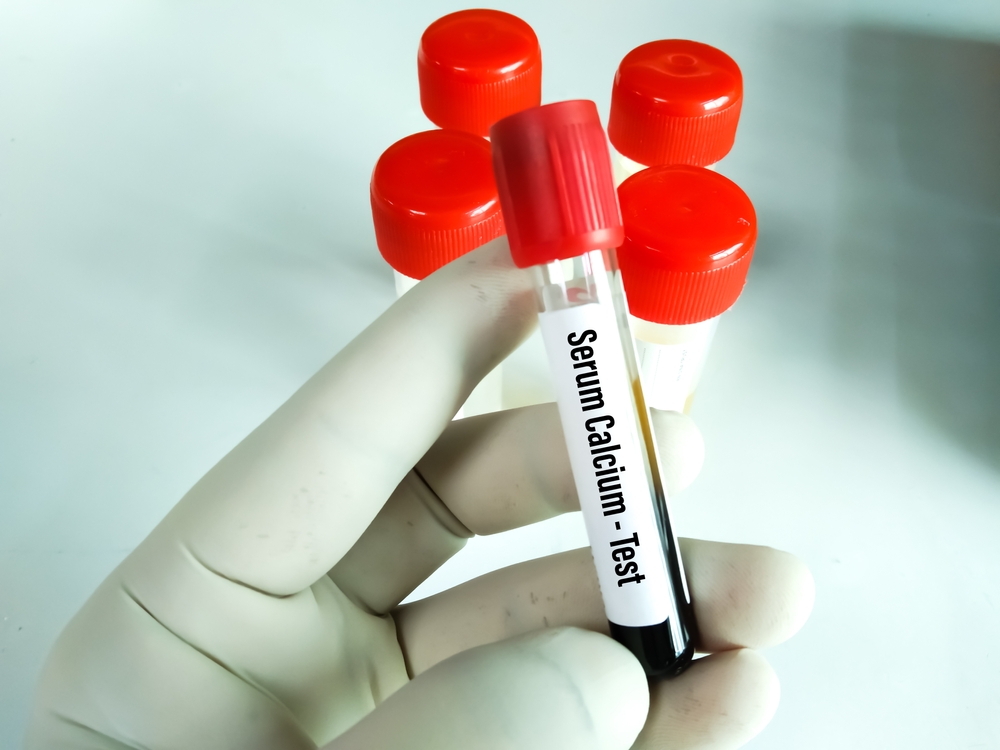Wheezing in childhood is a common occurrence, with more than half of all children experiencing at least one episode by age 6. However, the reasons why some children go on to develop asthma while others do not remain unclear. This study aims to fill that knowledge gap by investigating the transition from preschool wheeze to asthma using multiomic profiling. The researchers applied integrative multiomic factor analysis to bronchial brush samples and bronchoalveolar lavage samples from children aged 1-17 years, utilizing host/bacterial transcriptomic, metagenomic, metabolomic, and lipidomic datasets.
The study identified two distinct multiomic factors: one representing preschool recurrent wheeze and the other capturing the transition from health to wheeze and asthma in school-aged children. Recurrent wheeze was primarily driven by type 1-immune responses, along with upregulation of immune-related and neutrophil-associated lipids and metabolites. In contrast, the progression to asthma was characterized by airway epithelial gene expression changes, type 2-immune responses, and an altered airway microbiome, with increased Haemophilus influenzae. These findings reveal key differences in the mechanisms driving the transition from wheeze to asthma, which could inform the development of targeted therapies.
Reference: Macowan M, Pattaroni C, Bonner K, et al. Deep multiomic profiling reveals molecular signatures that underpin preschool wheeze and asthma. J Allergy Clin Immunol. 2025 Jan;155(1):94-106. doi: 10.1016/j.jaci.2024.08.017. Epub 2024 Aug 28. PMID: 39214237.









